How to Prepare Dried Chickpeas
Last Updated August 23, 2016 · First Published October 7, 2010
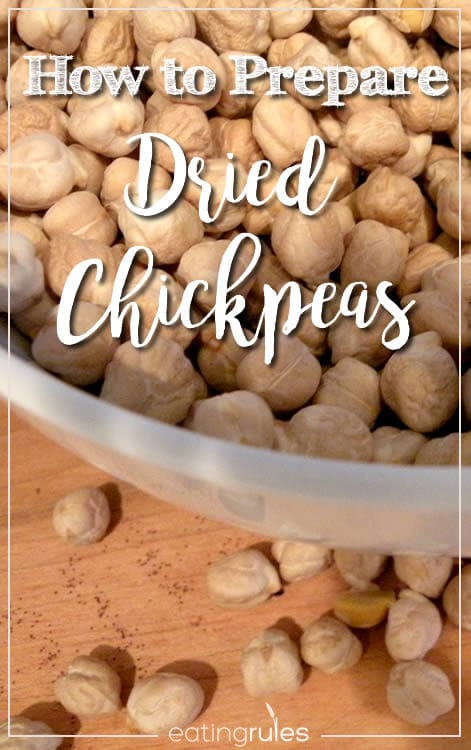
Chickpeas, often known as garbanzo beans, are a round-shaped legume with a light brown color. They have a firm texture, a light brown color and a mild nut-like flavor. They can be found cooked and ready-to-eat in a can, or dried, uncooked, in packages or bins at your local market.
Chickpeas are featured prominently in the Middle Eastern cuisine; they can be transformed into many healthy and nutritious dishes such as hummus, falafel, and soups.
Pulses, the category they fall under, are a great pantry staple, lasting up to six months in an airtight container. They are an inexpensive source of protein, making them a popular bean. In addition to protein they are a great source of fiber, iron, vitamin B and C, calcium — and may help in lowering one’s cholesterol.
There are many reasons for making chickpeas “from scratch.” First is the unique flavor and texture you get that you would not get from the can. Home-cooked chickpeas have a soft outside skin with a creamy center inside. When you do open a can, you get that slimy juice that you must rinse and drain — and many times the chickpeas are mushy.
You also have the ability to add as much or as little salt as your diet requires.
A pound of raw, dried chickpeas costs about $0.79. Canned chickpeas run from $0.99 to $2.99 a can. Buying them from a bin and cooking them yourself is much more cost effective in the long run!
However, dried chickpeas need to soak overnight, so you do need to plan ahead. Once they are cooked, you may freeze them in smaller batches to be added later to your salads and soups.
Chickpeas “Rivithia”
1 pound dried Chickpeas
1/2 Onion
1 Bay Leaf
2 Whole Garlic Cloves, peeled
1 Celery Stalk
1 Carrot, peeled
2-3 Sprigs of Thyme, Rosemary, and/or Parsley, tied in a bundle with string
2 tsp. Salt, to be added after cooking the beans
The night before: Place the beans and cold water in a pot and soak overnight.
The next day add all the ingredients to the pot, except the salt. Fill the pot with more water, up to 2 inches above the beans. Boil and reduce to a simmer.
Cook beans for 1 to 1-1/2 hours, until soft. As they cook, skim the white foam off the top of the beans. Check by biting into them; when they have softened remove beans from the heat.
Add salt and stir. Cool.
Remove all the vegetables and herbs. Drain.
They are now ready for your recipe!
—
Mary has just posted on her blog three new chickpea recipes, which she prepared this week for October: Unprocessed.
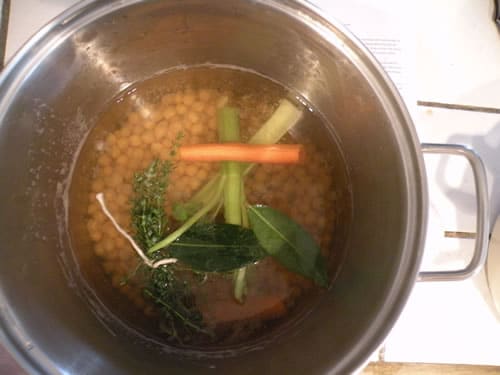
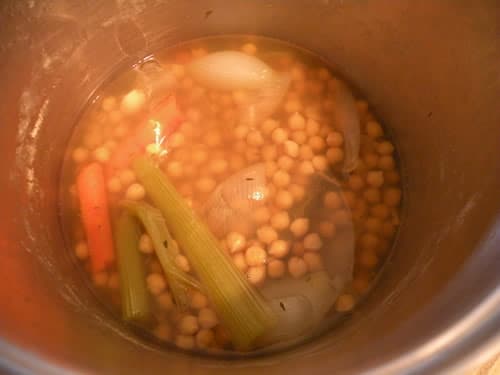
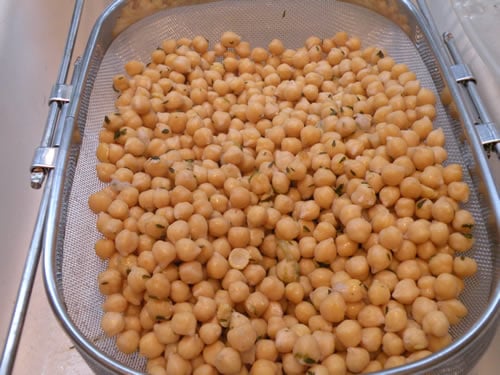
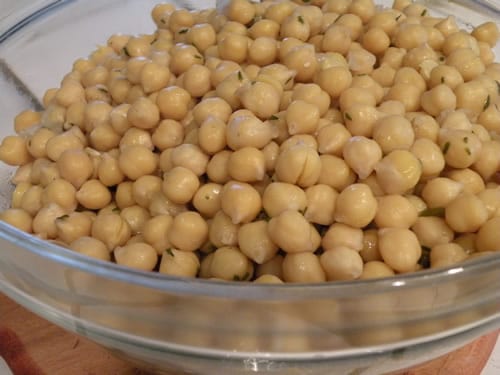
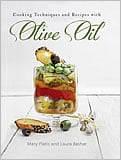
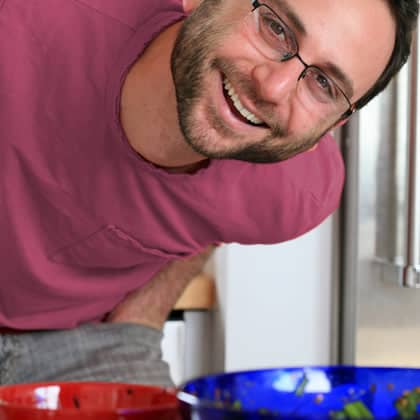
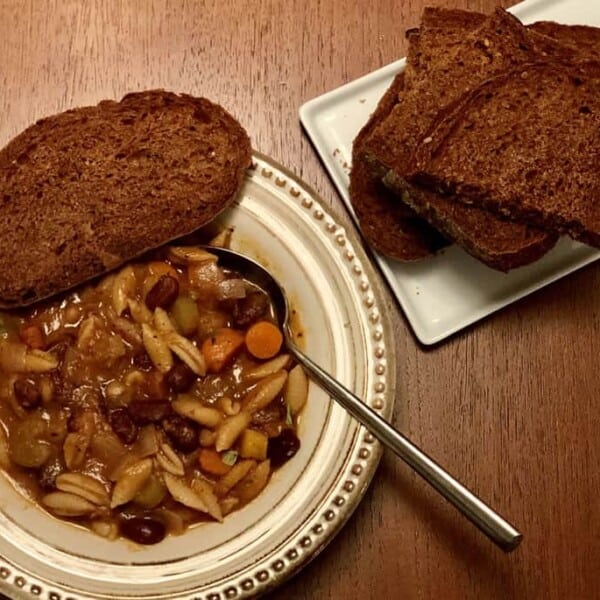
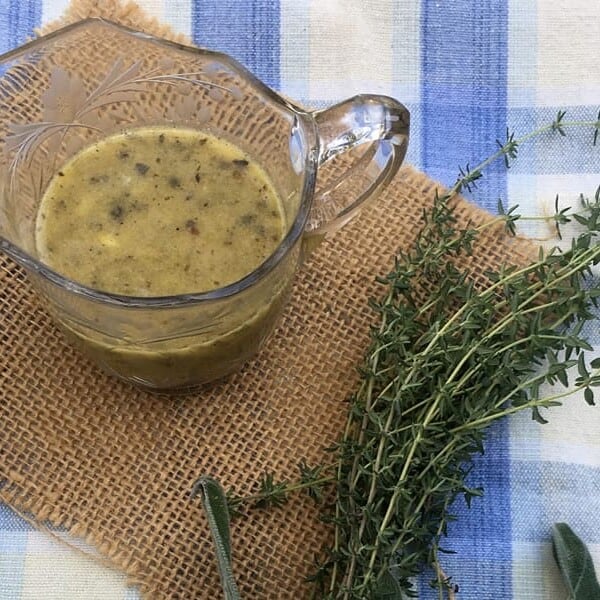
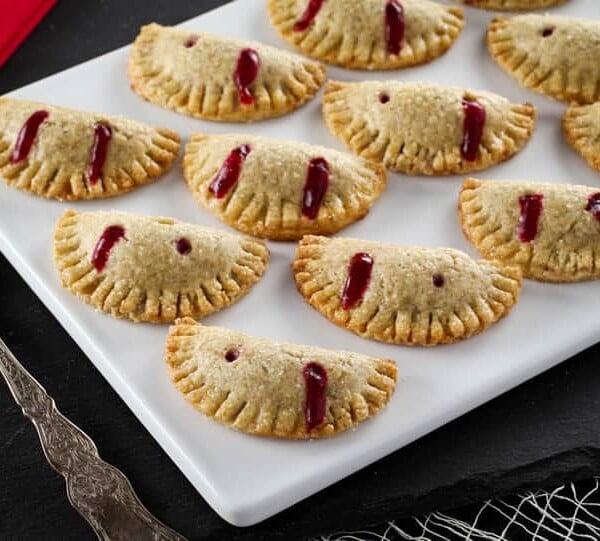
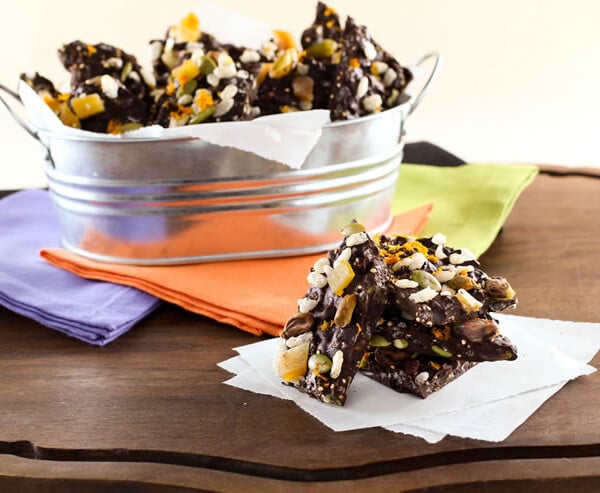





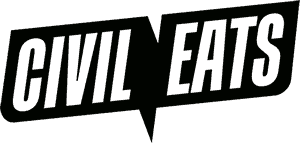









Thank you for sharing it with us. Its so easy to prepare & photograph is very attractive .
That is 1.25 pounds and sometimes 1.5 pounds of dried beans.
Dried chickpeas all the way. I start with 1 1/4 pounds and soak for 24 hours sometimes, changing the soaking water a few times. Then put in my rice cooker, cover with just a little extra water because the moist environment doesn’t evaporate the water, set it to 4.5 hours and forget about it. It’ll switch to “keep warm” when done. I use the very flavorful cooking water in place of oil in thinning out my completely from scratch (and delicious!) hummus and freeze the rest in popsicle molds and use for marinades or sauteeing. It’s cheaper, no cans to recycle, no crap to rinse off, sodium-free, better for the pocketbook and the environment. As Michael Pollan in Food Rules says, “If it came from a plant, eat it; if it was made in a plant, don’t.” Buying beans in the bulk aisle doesn’t count as being made in a… Read more »
When I cook chickpeas, I add the aromatics to give the beans a slight earthy deeper taste for my dishes. Cooking them with just water is another way, and adding the spices you like later to your dish is fine too!
I agree, I don’t like the gooey substance that comes with canned beans. Do rinse the beans after opening a can to rid of the gooey sauce.
Many Organic companies, like Eden, just add water, making them not so processed.
I do love the idea of a pressure-cooker for faster results!
The slow cooker is another option.Put them on while at work or before bedtime, and your beans will be ready!
I cook my own dried garbanzo beans because I don’t like the texture of the canned beans, plus it’s cheaper. But I just cook it plain without all the vegetables & herbs. Is there a function for the veggies & herbs or is it just for flavor?
I do this at least once a week (I do love garbanzos), but I use a pressure cooker. It makes it even easier and faster. I can cook them in 22 minutes from top pressure – easy peasy.
I might be wrong, but I think dried beans are cheaper because they’re less convenient, not necessarily because they’re less processed.
Hmm… There’s such a huge price differential between a bag of dried beans and a can of ready-to-go beans. I’m sure the convenience-factor has a lot to do with it, but I’d imagine the cost to get the canned beans to the market must be much higher, too. Either way, dried beans are much-more cost-effective! 🙂
I always use the canned ones to make hummos, salads, soups, although I use dried versions of other beans, like for chili, black bean dishes, etc. Never really thought about this. What would you consider more “unprocessed?” Canned or dried? Seems like they both require a similar degree of processing. (Serious question)
Great question, Xan — one that I would love to know the answer to, also (but haven’t had a chance to start researching).
I’m guessing that the dried beans are less processed — because they’re so much cheaper. They also take up less space (therefore being cheaper to sell in a store with limited shelf-space), and certainly cost less to package and ship. So I’d assume — but I may be wrong — that the dried beans undergo less processing.
Also, if the canned beans go through the same drying step, but are then cooked and canned, my vote certainly goes with the dried beans. (Three good reasons: You can control the sodium, they cost less, and there’s less environmental impact).
Any chickpea experts out there know the answer?
The peas are dry when they are harvested from the paddock so there is no drying process other than the one Mother Nature provided. I have been involved in a recent harvest and brought some home to use in a few recipes.
good timing on this entry as i just made hummus with canned garbanzo beans because i didn’t plan and soak them ahead of time. 😛 glad to hear they fare well in the freezer, so i can just make a bunch at once, rather than turn it all into hummus all at once.